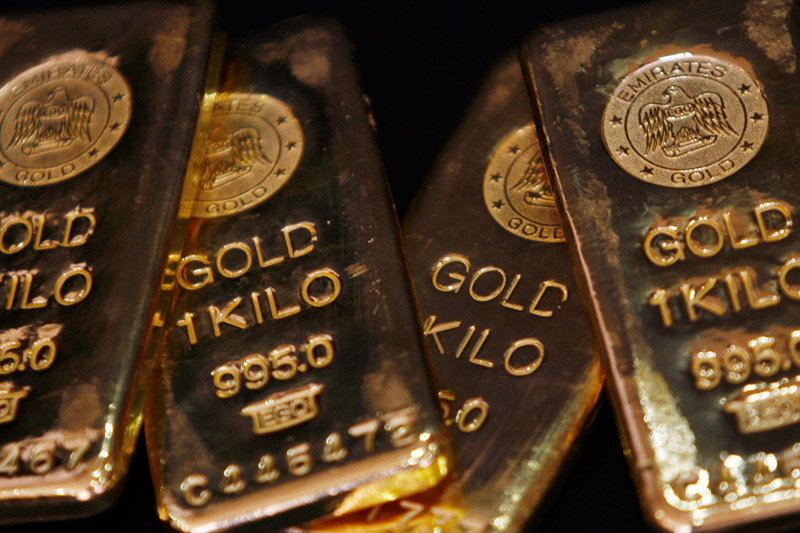Investing.com - Gold futures were little changed on Tuesday, after data showed the number of housing starts issued in the U.S. rose more than expected in September, while building permits fell more than forecast, painting a mixed picture of the economy.
Gold for December delivery on the Comex division of the New York Mercantile Exchange tacked on $1.40, or 0.12%, to trade at $1,174.20 a troy ounce during U.S. morning hours.
The U.S. Commerce Department said that housing starts rose 6.5% to 1.206 million units last month from August’s total of 1.132 million units. Analysts had expected a figure of 1.140 million.
The number of building permits issued dropped by 5.0% to 1.103 million units from August’s total of 1.170 million. Analysts expected building permits to fall by 0.9% to 1.164 million units in July.
A day earlier, gold lost $10.30, or 0.87%, on bets the Federal Reserve could still raise U.S. rates this year.
Investors have been trying to gauge when the Fed will raise interest rates for the first time in nearly a decade after recent economic reports offered a mixed picture of the U.S. economic growth.
Gold rallied to a four-month peak of $1,191.70 last week amid speculation the U.S. central bank will not raise rates until sometime next year, with weak economic reports on retail sales and manufacturing activity feeding that view.
However, upbeat data on inflation and consumer sentiment towards the end of last week prompted investors to pare bets that Fed policymakers will wait until next year to hike rates.
The timing of a Fed rate hike has been a constant source of debate in the markets in recent months. The U.S. central bank has two more scheduled policy meetings before the end of the year, in late-October and mid-December.
Elsewhere in metals trading, copper for December delivery on the Comex division of the New York Mercantile Exchange dipped 0.5 cents, or 0.19%, to hit $2.363 a pound during morning hours in New York.
Chinese government data on Monday showed third-quarter economic growth slowed to 6.9%, the first time since the global financial crisis that the country’s gross domestic product has grown less than 7%.
A separate report showed that industrial production rose by an annualized rate of 5.7% in September, below expectations for a 6.0% increase and following a gain of 6.1% in the preceding month.
Data on fixed asset investment also missed forecasts, reinforcing views that Beijing will roll out further support measures soon for the world's second largest economy.
The Asian nation is the world’s largest copper consumer, accounting for almost 40% of world consumption.
